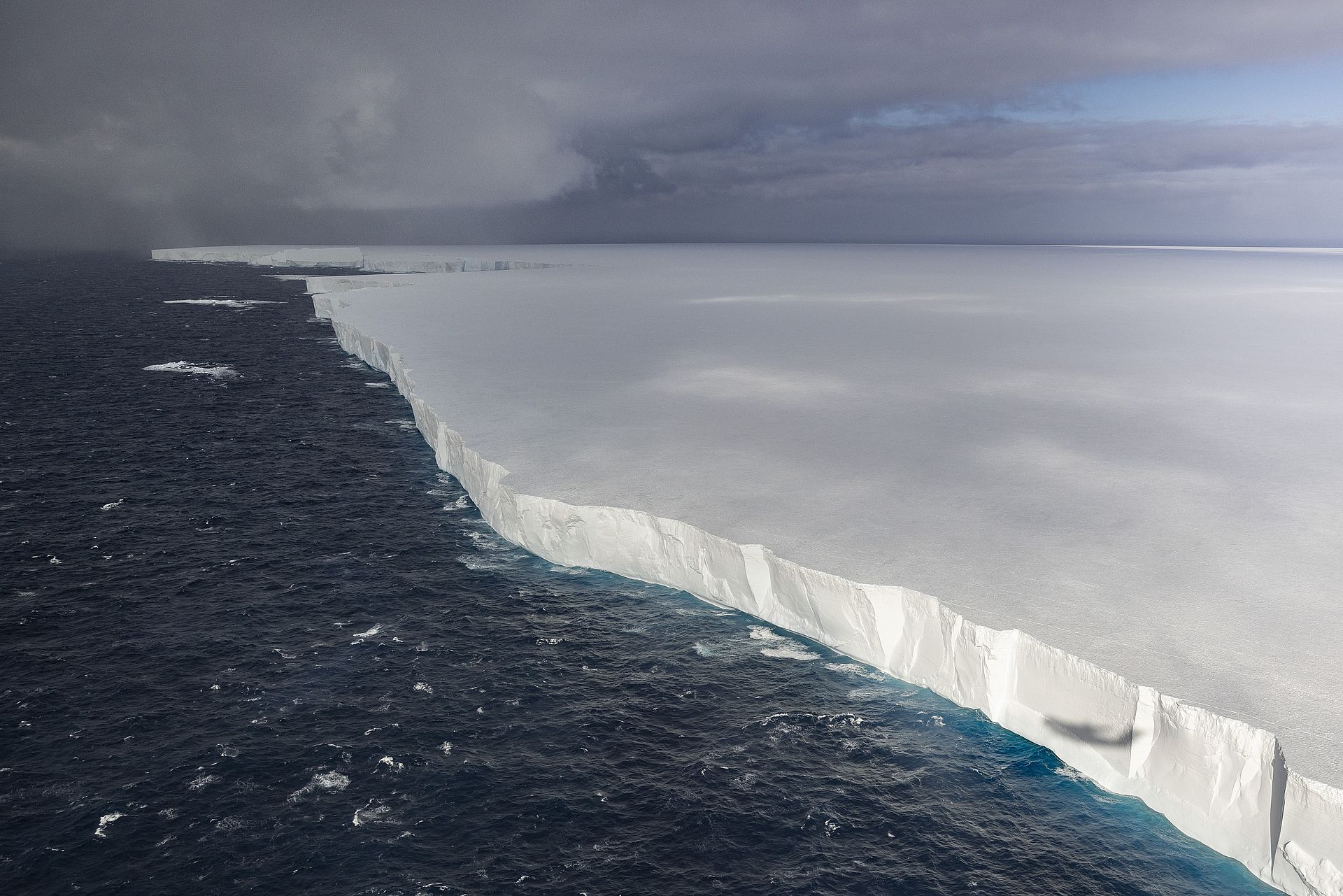How sharks are helping scientists study the ocean
Sharks are large creatures. They burn a lot of oxygen when they cross miles through the ocean, looking for food. That is why a group of British and Portuguese scientists, tailed by Science magazine, decided to use sharks to help study how warming oceans are losing their oxygen.
According to the research team, oxygen leaching is a climate-change-related threat to the ocean that attracts the least attention. Still, according to Science, some research suggests that it could be the most damaging effect of the ocean's rising temperatures.
Besides rising climate-change-related temperatures, other human activities are also responsible for deoxygenation: discharges from agriculture and human waste to the oceans make the water richer in nutrients.
Deoxygenation happens when the oxygen is consumed faster than replenished in warm and nutrient-rich water. Nutrients make it easier for bacteria to reproduce and consume that oxygen, and higher temperatures make it challenging to recover oxygen levels in the water.
According to UNESCO, the scientific arm of the United Nations, good oxygen levels are essential for the health of the ocean. They provide a safe ecosystem for all marine life to thrive.
In a report about deoxygenation, the organization explained it "reduces growth, increases disease, alters behavior and increases mortality of marine animals, including finfish and shellfish."
A less healthy environment constantly pushes fish to move to different areas, ultimately affecting fishing patterns. According to Science, some valuable fisheries could disappear from the current fishing zones.
The UNESCO document also explains that the area of low-oxygen water in the ocean has increased by 2.8 million square miles since the 1960s. Scientists have identified over 500 low-oxygen sites in coastal zones around the world.
According to Science magazine, researchers have documented oxygen-deprived death zones in the sea for years in the Gulf of Mexico or the Baltic Sea, where agricultural waste, like synthetic fertilizer, is purred in the water provoking an algae surge.
In the oxygen-deprived dead zones, algae blooms, then microbes eat all the rotten plants, consuming oxygen. The low oxygen-water can expand so quickly that "crabs, sea stars, and even fish suffocate before they escape," Science magazine explains.
In some places, it is stational. According to UNESCO, activities like aquaculture can be most affected in those areas. Finfish and crustaceans can perish to deoxygenation because they are trapped in nets or cages and cannot escape to highly-oxygenated water masses.
According to Science magazine, that is what has begun happening in Oregon. In 2002 fishermen pulled traps with suffocated crabs and thought it was a one-time thing. However, scientists have started talking about "hypoxia season." Oxygen levels have dropped 30% over the past half-century on the Oregon coast, Science explains.
In other coastal areas of the Americas and Africa, deoxygenation occurs naturally. This is an excellent opportunity to study the phenomena, which is why the UK-Portugal research team, followed by Science, is deployed in the Canary Islands, next to the Moroccan coast.
There, the team captures and tags blue sharks with markers that include oxygen-measuring sensors. That way, the sharks can organically cover a large area and collect data to help them understand how fish react to deoxygenation in the open ocean.
In the meantime, The research team pulled the tracking data and realized that blue sharks tend to swim to low-oxygen areas on the coast of Africa and then swim back closer to the Canaries to a more oxygenized water.
David Sims, a marine biologist in the team, told Science he suspects the low-oxygen zone acts like a fence, trapping prey in oxygen-rich pools of water near the surface. That creates easily accessible hunting grounds for the sharks.
However, more information about the sharks' oxygen level and activity in the African coast's low-oxygen area is necessary. Trapping and tagging blue sharks is difficult as they become endangered due to fishing.
More for you
Top Stories






























